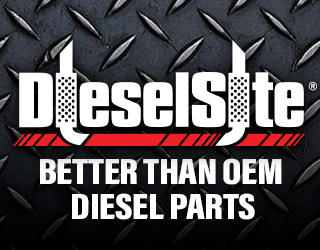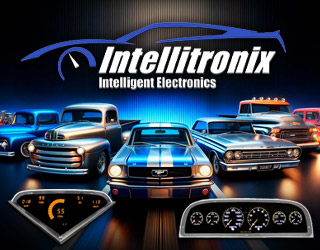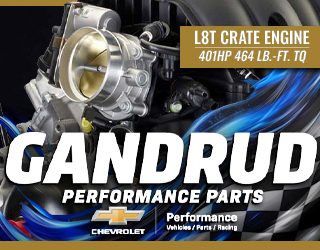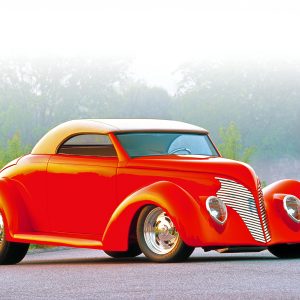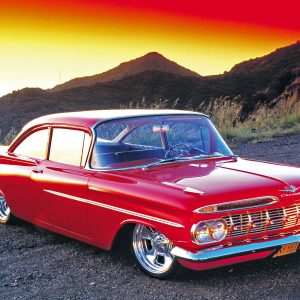Swaps
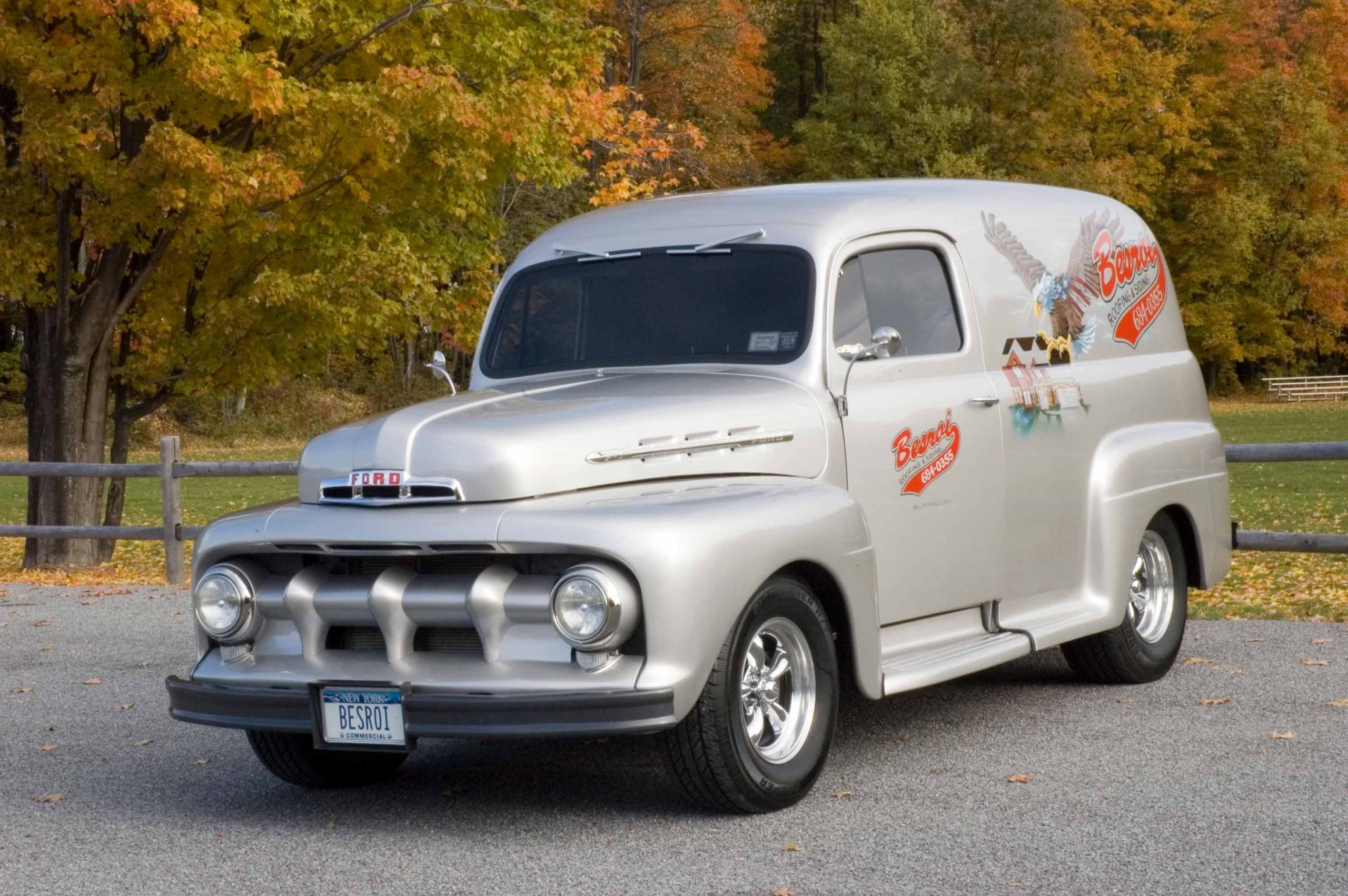
Dave Kaminski wanted a custom-built truck, but he also wanted a vehicle he could take to a dealer for repairs, plug it into a computer for a diagnosis and determine the problem. In this hobby, that is hard to do with an old truck, given that computers rule the functions of today’s engines. Kaminski met with Frank Strianese, owner of The Car Shop in Springville, New York, and explained that not only did he want an old new truck, he wanted it to blend in with the Ford service trucks used by his Besroi roofing and contracting business in Buffalo. Ideas were passed back and forth, and soon a project began to unfold. Once you read how it was accomplished you will know that nothing is impossible to do.
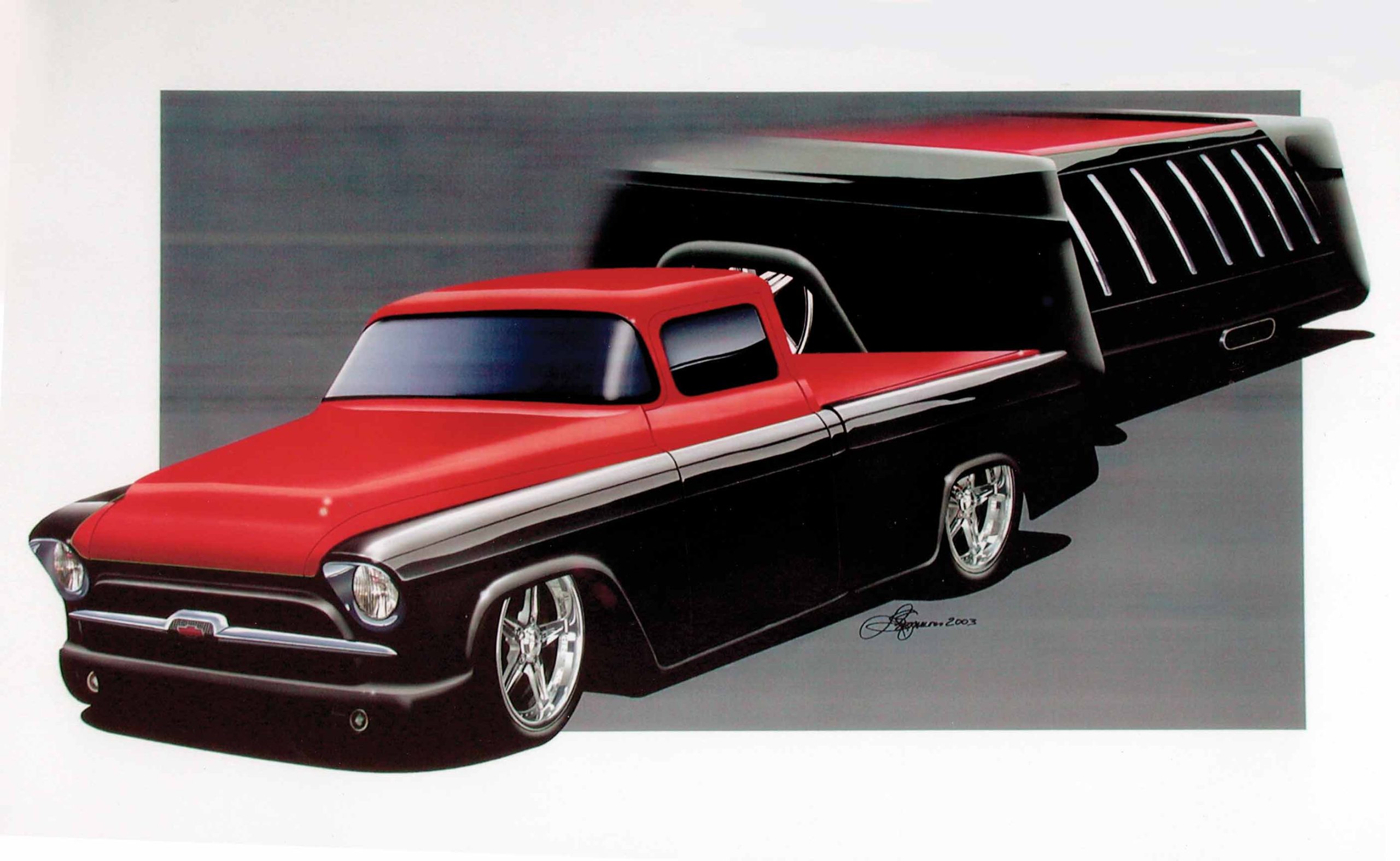
When we selected a Chevrolet Corvette ZR1 twin-cam, small-block 350 V-8 engine for our Cimtex Rods Super Cameo, we knew that we would be breaking new ground in the sense that GM never built a “production” automatic-transmission-equipped Corvette ZR1. However, there is record that a couple of Corvette ZR1s were specially equipped with automatic electronic overdrive transmissions for physically challenged Corvette enthusiasts. We don’t know whether it was done by the factory or by the private sector.
Nonetheless, it was our intent to run an automatic transmission behind this awesome powerplant. After all, we wanted our ’56 Super Cameo to be as civilized as possible, yet still be able to handle all the available torque and horsepower that will be the result of this twin Powerdyne (BD11-A) supercharged and intercooled Corvette ZR1 engine. But what type of GM automatic transmission would we actually be using?
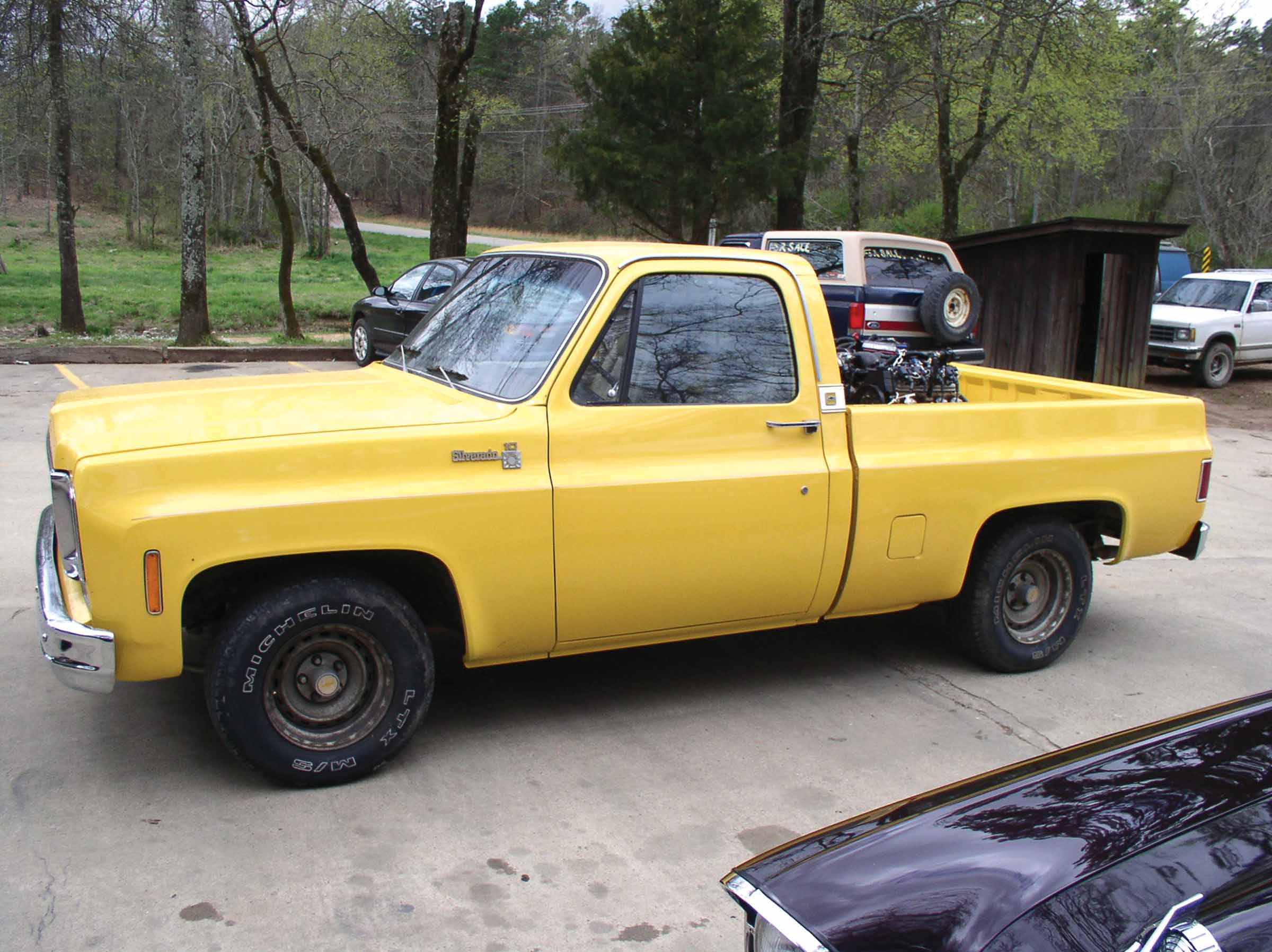
The owner of this ’77 Chevy pickup got tired of the performance and poor fuel economy of the truck’s 350 small block, and rather than rebuild the engine, he decided to replace it with something better. If there’s an engine better than a small-block Chevy, it’s one of Chevy’s new Gen-III small-block engines, which include the Vortec truck motors, LS1/LS6, and even the new LS2/LS7.
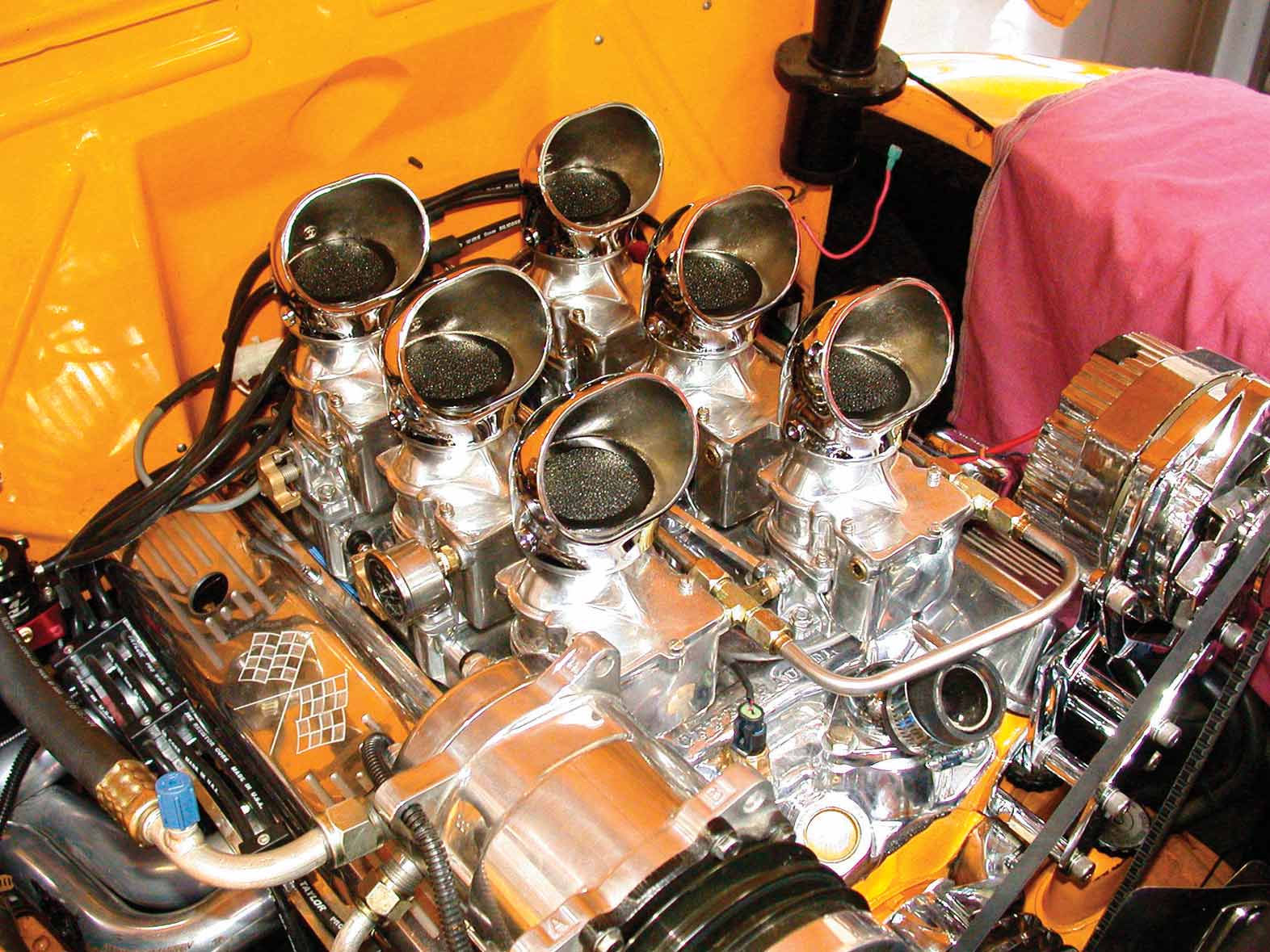
Those who longed for their engines to look as they did back in the old days of multiple-carb setups were out of luck. Cool as they were to look at, there are lots of reasons why the multi-carb setup fell out of favor, and most of them had to do with the fact that they were a bear to sync. The advent of the four-barrel carb was the death for these systems, though the purists among us prayed for a breakthrough. Thanks to Ken Farrell and his company, Retro Tek, those prayers have been answered. Farrell started off converting old mechanical fuel injection systems (Hilborn & Enderle) when the first aftermarket EFI systems became available. His new system, which uses the latest in EFI mated together with the classic Stromburg 97 design, came about when Farrell saw that there was interest in the benefits of EFI, but he also knew that they were lacking in the looks department. The idea was simple take the best aspects of both and add them together.
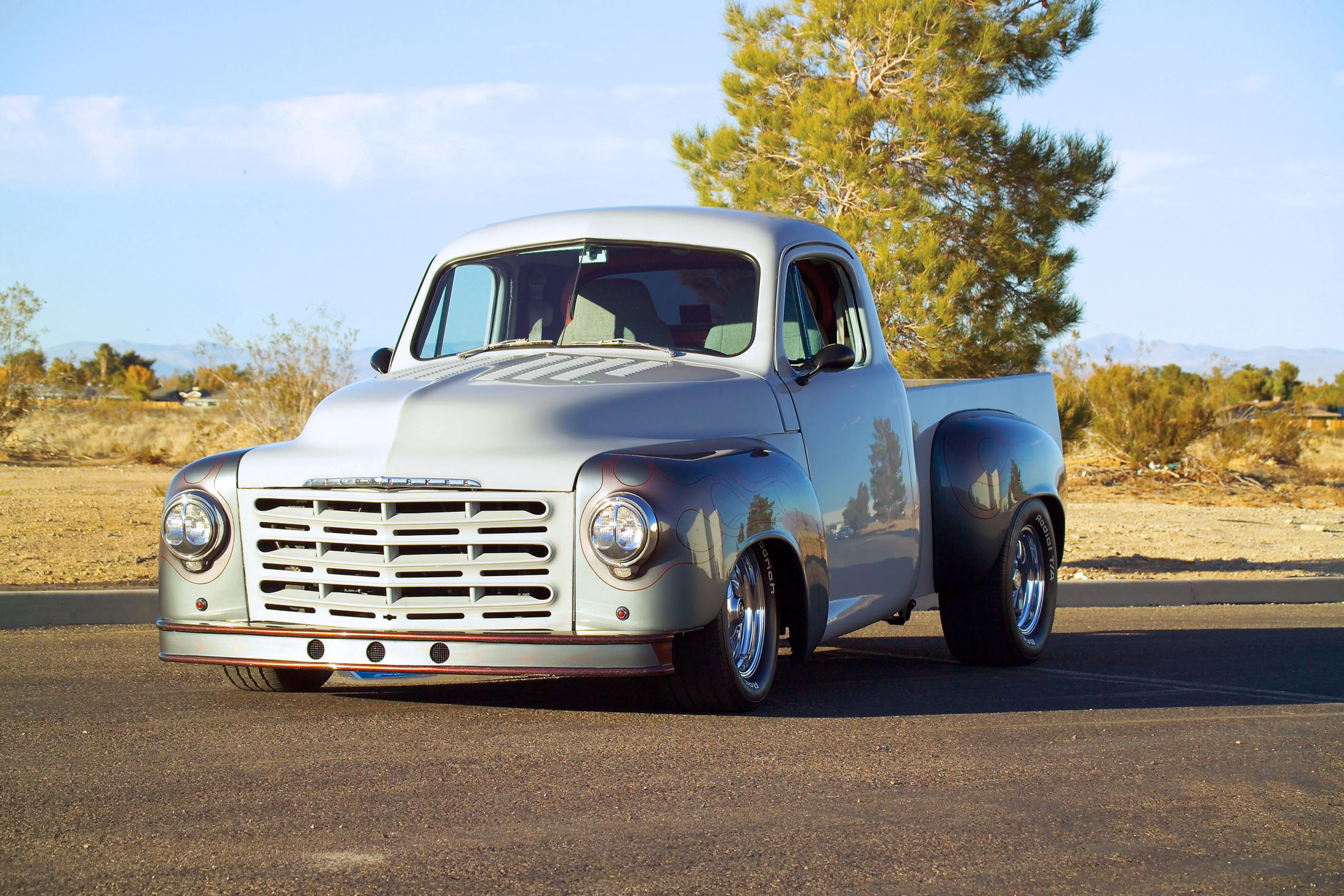
Richard Larson and his wife, Jane, have owned a number of custom cars and trucks in their time, but they never really thought they would have so much fun building and owning a custom 53 Studebaker pickup. There was no plan to find a Studebaker; the truck simply found him. I lived across the street from a friend who owned a repair shop in town, Larson told us. Over some time, he had collected six or seven cars and trucks that he hoped to restore some day. One weekend morning, his wife informed him that she planned to plant an orchard in the area where the vehicles were being stored…and in one week. He had to get rid of his collection. I asked about the Studebaker pickup and he said if he could get $200 for it, it was gone. Well, it was gone.
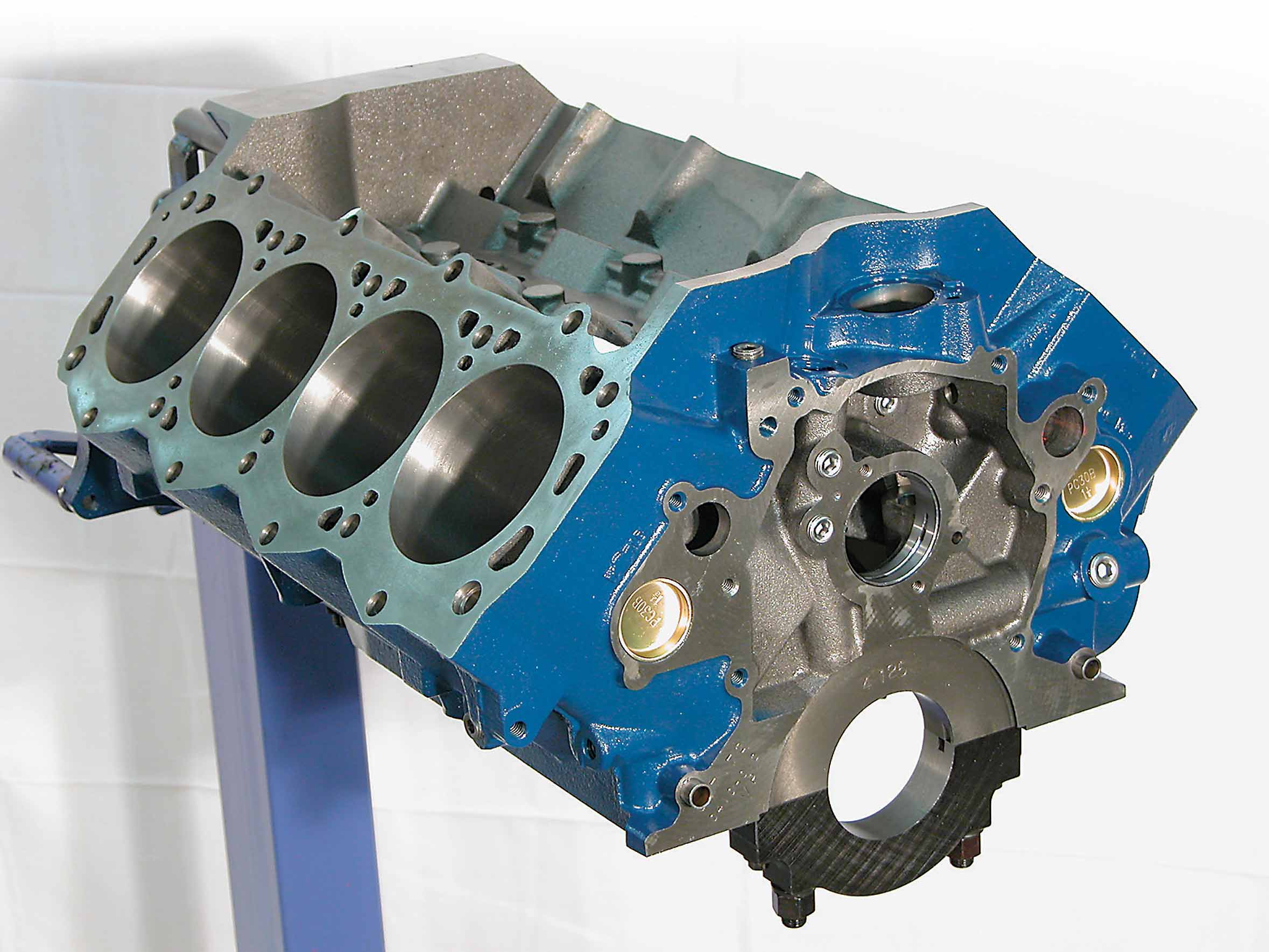
Ford engines are hot, and everyone—even non-Ford guys—are talking about it. The small-block Ford is an awesome package that is made even more awesome by Ford Racing and aftermarket parts. It has continually gained popularity as a high-performance buildup, as a Ford In A Ford engine transplant and as a replacement performance engine for vehicles that were optioned as such but were less equipped when new. With all of this activity surrounding the small-block Ford engine, it is safe to say that it is quickly becoming the small block of choice.
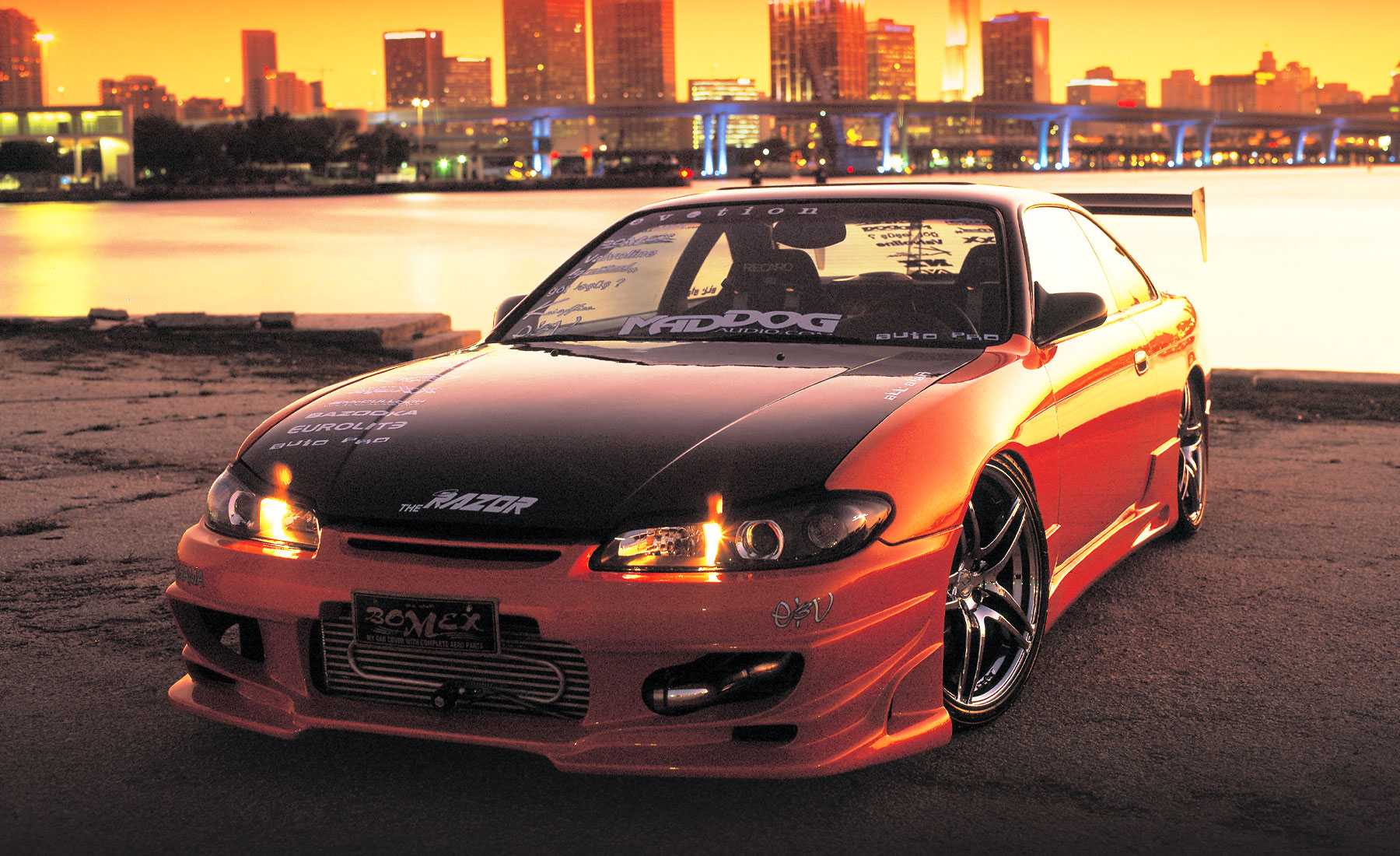
THE QUESTION THAT we always seem to get asked at shows, at work and even when we are at a restaurant or just chilling at a bookstore is this: Everyone wants to know why Neil and Mei Tjin spend big money on their cars.
If you must know, it’s the love of the game and wanting to have the best of the best. Everyone always talks about JDM-this and JDM-that. Well, how about just getting the best parts from anywhere— Japan, Australia, America, wherever—and putting them on the car?
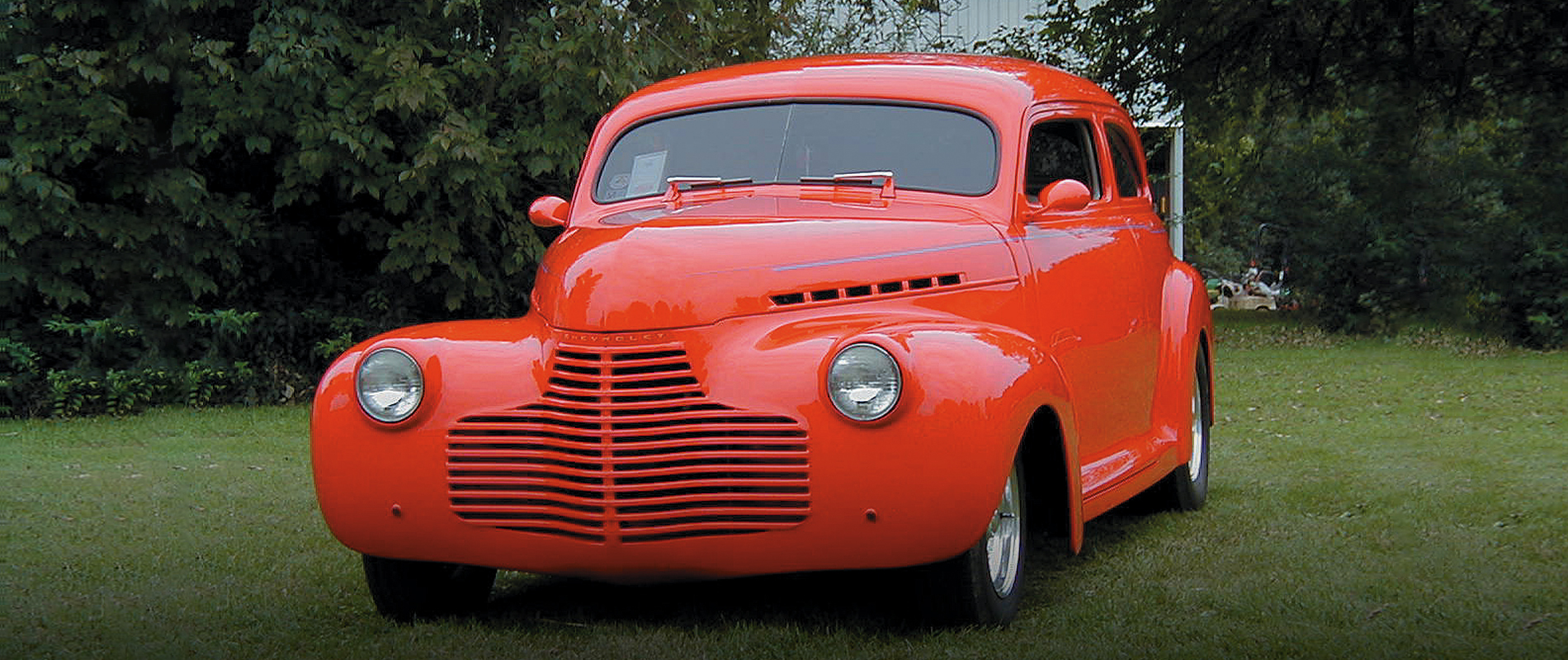
When Bob Naudascher hauled home his self-described rust bucket, it was far from show quality. The typical oxidation process had taken its toll on the car with the floors and lower extremities of the body requiring replacement. After repairing the considerable rust and getting the body structurally sound with all panel gaps fitting perfectly, Naudascher had Jack Consonza and Carl Chuppa drop the top on the sedan two inches. In the process, the front vent windows were eliminated. While the sheetmetal was being moved, front fenders were molded, the headlights frenched and the hood was filled and shaved of all trim. The stock grille remains but has been relieved of all stainless steel in favor of a monochromatic approach.
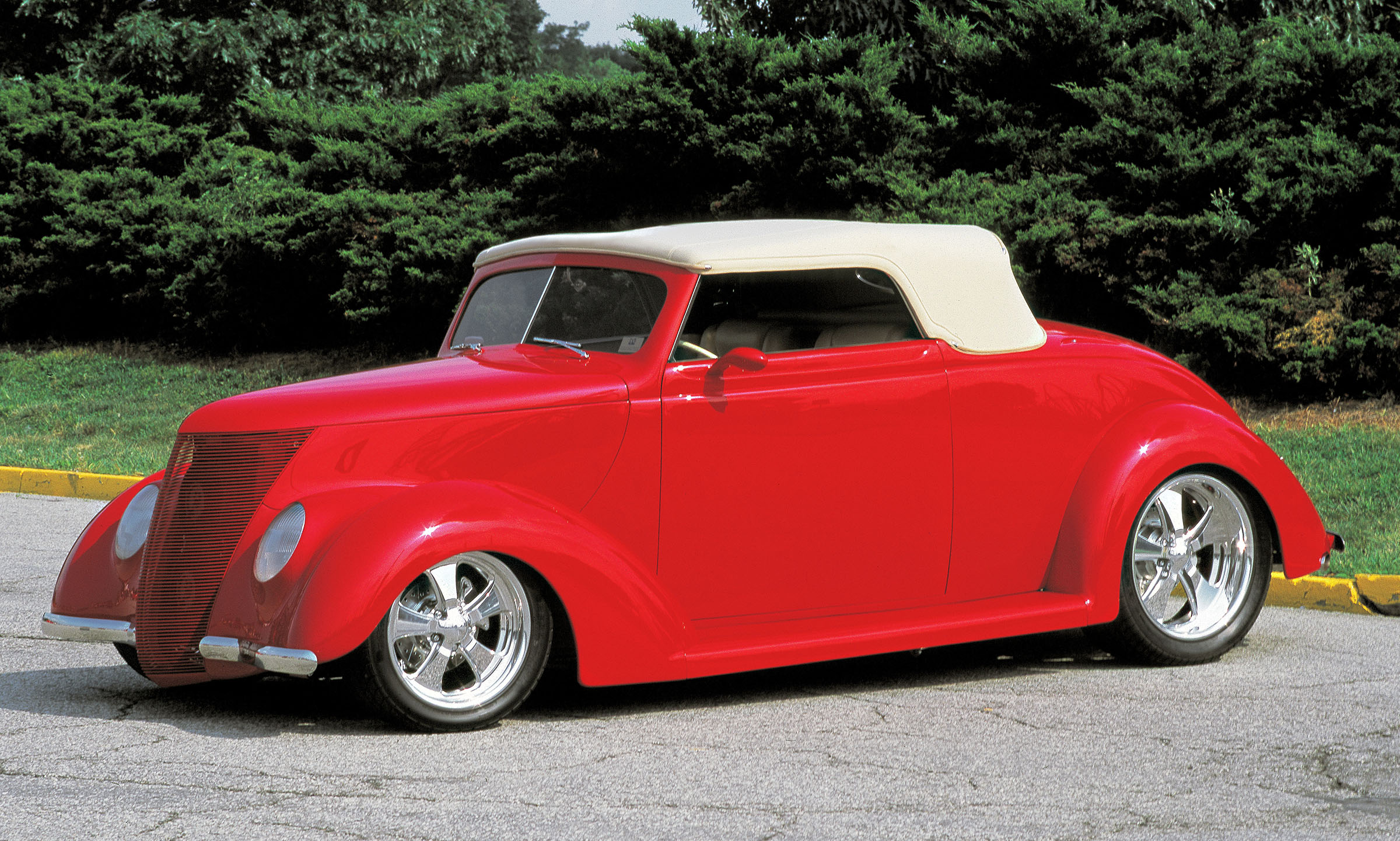
Cabriolets have become popular over the past few years, and the ’37 is an enthusiast favorite. They have become so popular that numerous reproductions have been made. Because of the original’s low production figures—only 10,184 were built—most, but not all, of the ’37 cabriolets attending rod events are fiberglass. The problem with the originals is that for years they were only marginally desirable and many were junked. The ones that weren’t were parked outside where the weather had taken its toll. When the tops rotted, the cabriolets would begin to rust from the inside out. That means that finding a nice, solid, rust-free cabriolet can be difficult.
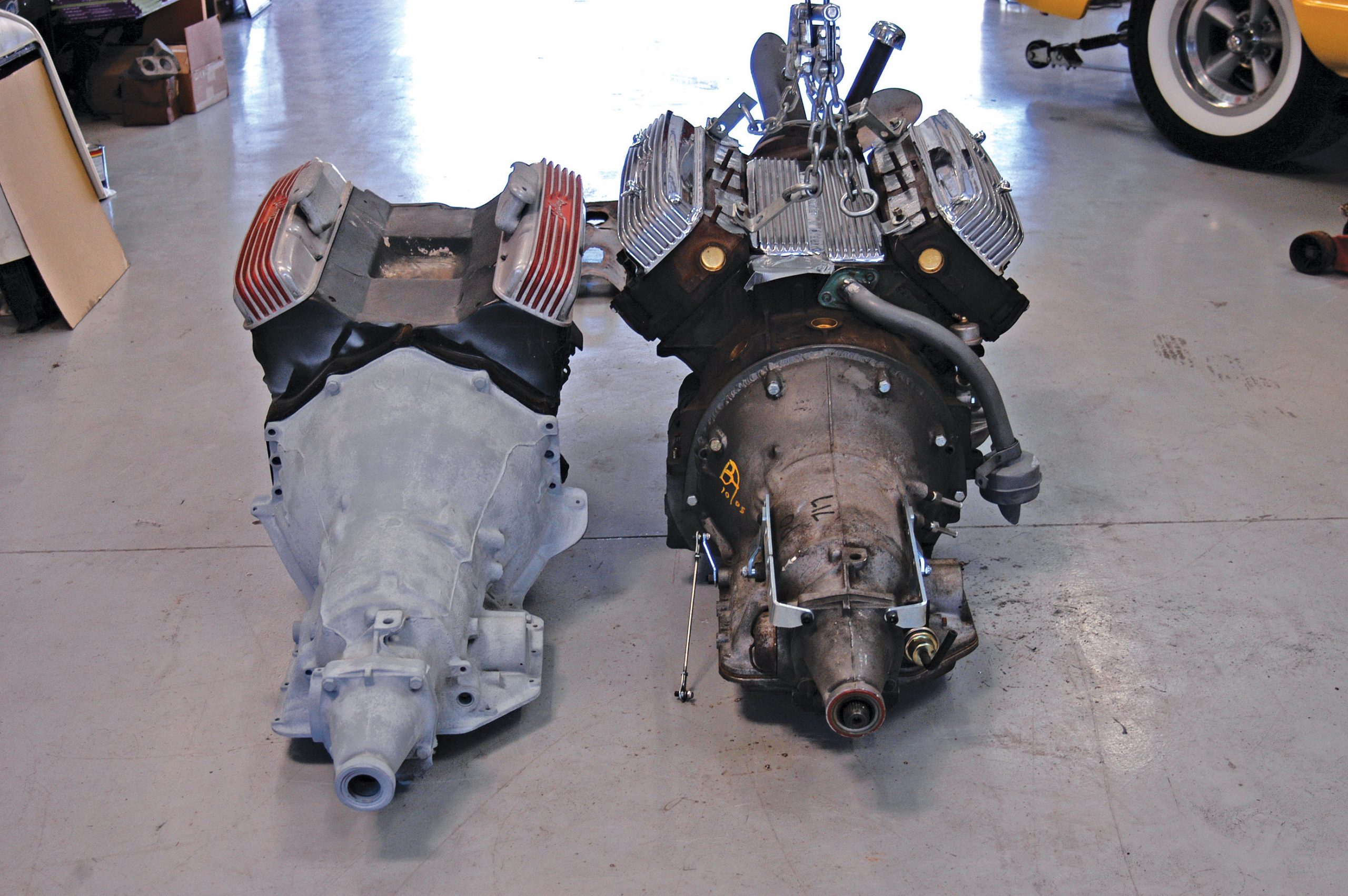
There’s a lot to like about vintage engines. Just the sheer fact that it isn’t a small-block Chevy is enough to inspire many hot rodders. Now, don’t get us wrong; the small-block Chevrolet is nothing less than awesome, but it is also the default engine of most hot rodders. Often, there is no thought involved as many rodders simply want the 350/350 treatment. That’s probably fine for most hot rodders, but there has been a real resurgence in putting vintage motors in vintage hot rods, and we love the concept. The Oldsmobile, Cadillac, Buick Nailhead and Hemi are all great candidates for powering a vintage hot rod. Parts are still available for most of these engines, some being tougher to find than others. A surprising amount of speed equipment survives for these engines, too, and companies like Offenhauser still produce a lot of vintage speed equipment.






